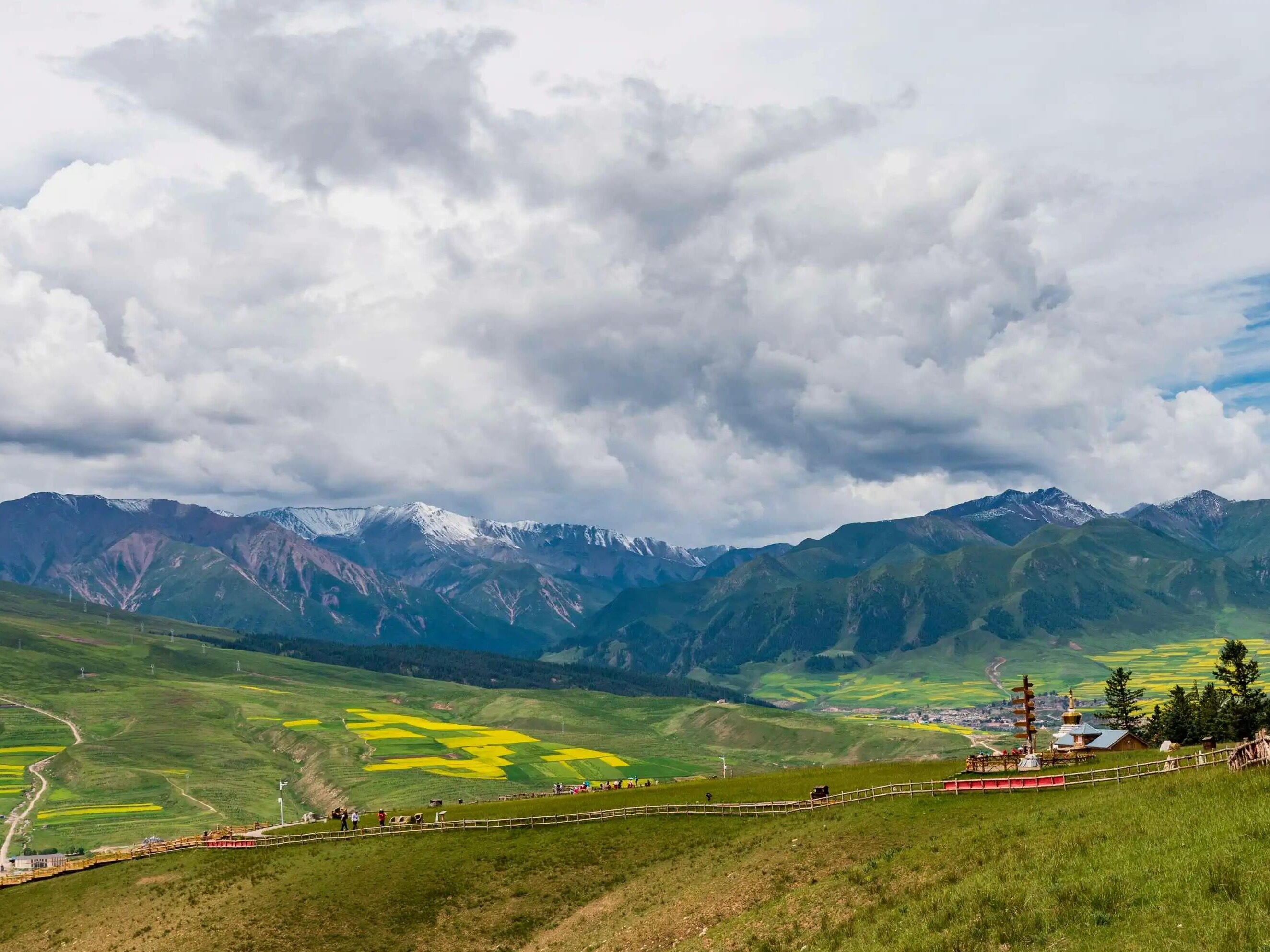- Kan'erjing is of great significance to the development of local agricultural production and to meet the needs of residents.

The world is so big, I want to see it. Take you to a place you have been to or have not been to. The term Kan'er Jing may have been heard a long time ago, in junior middle school geography lessons, on television, in atlases. However, I only heard about it. At that time, I only knew that since it was a well, it was of course related to water and was unique to Xinjiang. But now it's different, I will tell you about Kan'erjing.

Kanerjing is mostly located in Turpan, Xinjiang. It is a special irrigation method in Xinjiang. It was founded in the Western Han Dynasty. It has experienced countless dynasties and witnessed the history of Xinjiang from generation to generation. It has benefited local people for 2000 years. Turpan is an ancient city on the ancient Silk Road. It has always been in a strategic place, has been in war for a long time, and has extremely bad weather conditions. However, no matter how harsh the environment is, Turpan ’s civilization has continued to multiply to this day and has never been interrupted. One of the important reasons for its continued civilization is the existence of Kanerjing, a miracle project.

Kan'er Well is a peculiar project, which can introduce deep mountain snow water buried dozens of kilometers away into the ground, and directly overcome the harsh conditions of local climate, drought and natural water shortage.Chinese and Western scholars have disputed the origin of Kan'er Jing. Western scholars believe that it was introduced by ancient Persia, but China's Qing Dynasty scholar Wang Guowei dismissed this statement: "The statement is the same as the law of the Han Jingqu, and Gai Donglai and Jia Hu passed the law of the other country. , Not from another soil. "
According to a large number of research visits by contemporary researchers, Kan'erjing should be a person from the western Han Dynasty at the time of reclamation, and introduced the canal method of the Central Plains to the local area. According to the local special climate and geographical environment, an irrigation drainage was developed. form.

Kan'er well is mainly composed of four parts: shaft, underdrain, open channel and waterlogging dam. The digger first searches for the source of water in the subsurface flow of snow in the mountains, and sets up a number of vertical and shallow shafts to collect water at a certain interval. Then, according to the terrain, the culvert is opened at the bottom of the well to communicate with the wells and divert the water; underground channels The water outlet is connected to the ground channel, and the groundwater is led to the ground to irrigate the mulberry fields.


Kanerjing gathers underground currents to form an underground river, protecting valuable water sources from hot, wind and sand storms as much as possible, and maintaining a stable flow for a long time; it flows naturally along the terrain and flows from Longkou (Tianshan snow water through the formation and flows through open channels to open channels). (The first water outlet) is out of the ground, providing a relatively low-cost water supply for oasis life.

It is said that Tianshan's melting snow is cold and biting, and workers who dig underground channels must kneel in ice water to dig soil. Therefore, workers who have been engaged in underground channel digging for a long time generally do not exceed 30 years of age. Therefore, Turfan Kanerjing is also known as the "Great Wall of the Underground." There are more than 1,700 Kan'er wells in Xinjiang, with a total length of about 5,000 kilometers, of which there are more than 1,100 in Turpan alone. Qilu's farmland is irrigated by Kaner wells. If the construction volume of the shaft is taken into consideration, it is conservatively estimated that the excavation amount of the Kaner well excavated at a distance of 1m and 3x4x1 = 12 cubic meters will dig more than 60 million cubic meters of earth and stone in a length of 5,000 kilometers, which is equivalent to a straight line as large as Tiananmen Square. Dig down a large pit of 137 meters. And the amount of earth and stone, piled into a 25cm thick 2m high wall can circle the earth's equator 3 times.



Beginning 2000 years ago, more than 5,000 kilometers of excavation and a history of more than a thousand years of use are enough to be called the world's largest groundwater conservancy project. Its vastness and clever structure make it amazing. Editor / Zhao Yongjing
Comment
 Praise
Praise
 Collect
Collect
 Comment
Comment
 Search
Search














Write something~